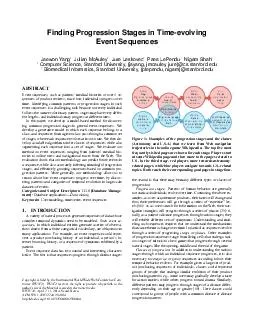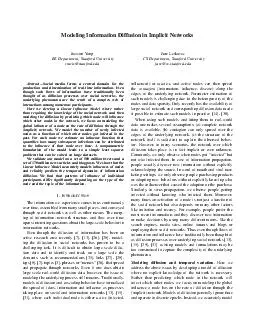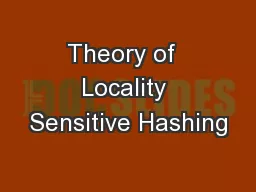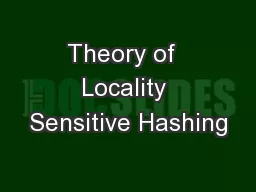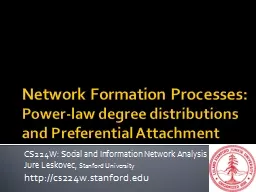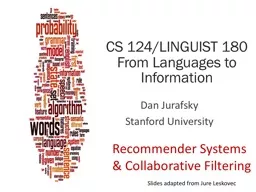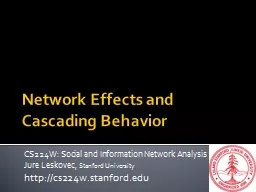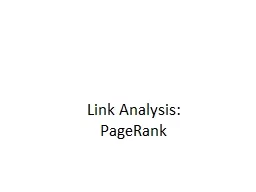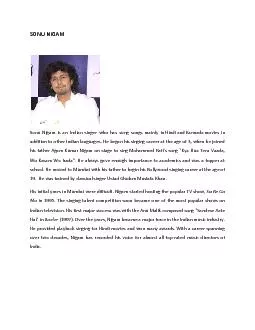PDF-Finding Progression Stages in Timeevolving Event Sequences Jaewon Yang Julian McAuley
Author : tatiana-dople | Published Date : 2014-12-25
stanfordedu Biomedical Informatics Stanford University plependu nigamstanfordedu ABSTRACT Event sequences such as patients medical histories or users se quences
Presentation Embed Code
Download Presentation
Download Presentation The PPT/PDF document "Finding Progression Stages in Timeevolvi..." is the property of its rightful owner. Permission is granted to download and print the materials on this website for personal, non-commercial use only, and to display it on your personal computer provided you do not modify the materials and that you retain all copyright notices contained in the materials. By downloading content from our website, you accept the terms of this agreement.
Finding Progression Stages in Timeevolving Event Sequences Jaewon Yang Julian McAuley: Transcript
Download Rules Of Document
"Finding Progression Stages in Timeevolving Event Sequences Jaewon Yang Julian McAuley"The content belongs to its owner. You may download and print it for personal use, without modification, and keep all copyright notices. By downloading, you agree to these terms.
Related Documents

